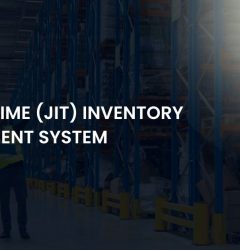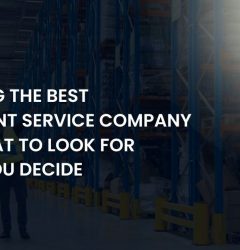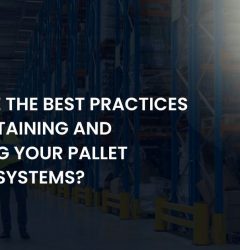11 Mar
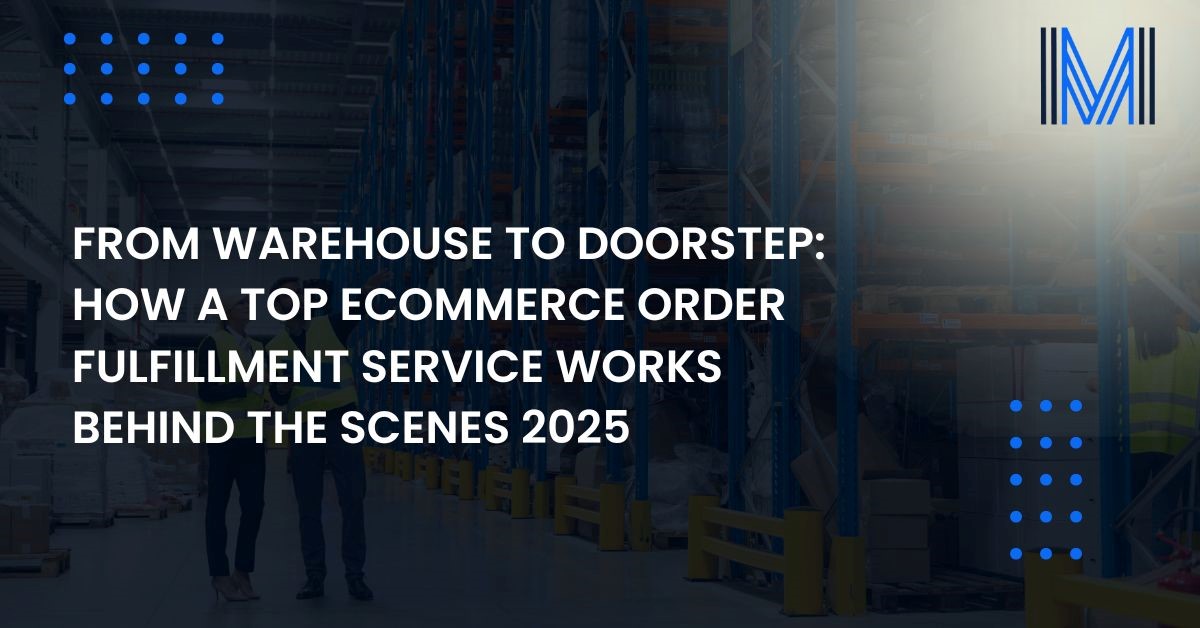
Recent data indicates that global ecommerce sales surpassed $6 trillion in 2024 (Source: Statista). In order to ensure that products move smoothly from warehouse shelves to customer doorsteps, retailers of all sizes must implement effective processes to manage their storage and fulfillment services. From the time an order enters the system until it is delivered, we will examine in detail how it works behind the scenes. We will look at important processes that lead to a more efficient shopping experience and how crucial an ecommerce order fulfillment service is to making it all work.
Table of Contents:
1. The Rise of Modern Ecommerce Fulfillment: Where Speed Meets Innovation
2. Inside the Warehouse: The Heart of Order Fulfillment
3. Order Processing and Picking: Where the Action Happens
4. Shipping and Logistics: Speed and Efficiency in Motion
5. Returns and Reverse Logistics: Completing the Fulfillment Cycle
6. Technology and Automation: Future-Proof Fulfillment
7. Conclusion
8. FAQs
The Rise of Modern Ecommerce Fulfillment: Where Speed Meets Innovation
Ecommerce Growth and Fulfillment Challenges
As more businesses shift online, keeping up with customer demands for instant order confirmations and rapid deliveries can be daunting. This is where an ecommerce order fulfillment service becomes indispensable.
Modern Innovations
Robotics, AI-driven inventory management and real time tracking have redefined how warehouses function. These advancements minimise errors, expedite processes, and offer the level of transparency customers have come to expect.
Impact on Customer Experience
Modern-day shoppers value speed and reliability. Delays or errors can lead to negative reviews and lost sales. Leveraging ecommerce fulfillment solutions allows retailers to gain faster shipping times, accurate order picking and real time updates.
Inside the Warehouse: The Heart of Order Fulfillment
Before any order makes its way to a buyer, it first arrives at the warehouse. This is where organisation, technology, and strategy converge.
Receiving Inventory
When products arrive, fulfillment specialists:
- Check items for defects.
- Count and verify quantities.
- Record product details into a centralised system.
Inventory Management
- Items are categorised and stored based on factors like product type or popularity.
- Real-time tracking systems (using barcodes or RFID) enable up-to-the-minute stock visibility.
- Pallet storage helps optimise space, ensuring even large or bulky items are efficiently organised.
Efficient warehouse organisation underpins an ecommerce order fulfillment service, guaranteeing that the right products are always in stock and easy to locate when orders come in.
Order Processing and Picking: Where the Action Happens
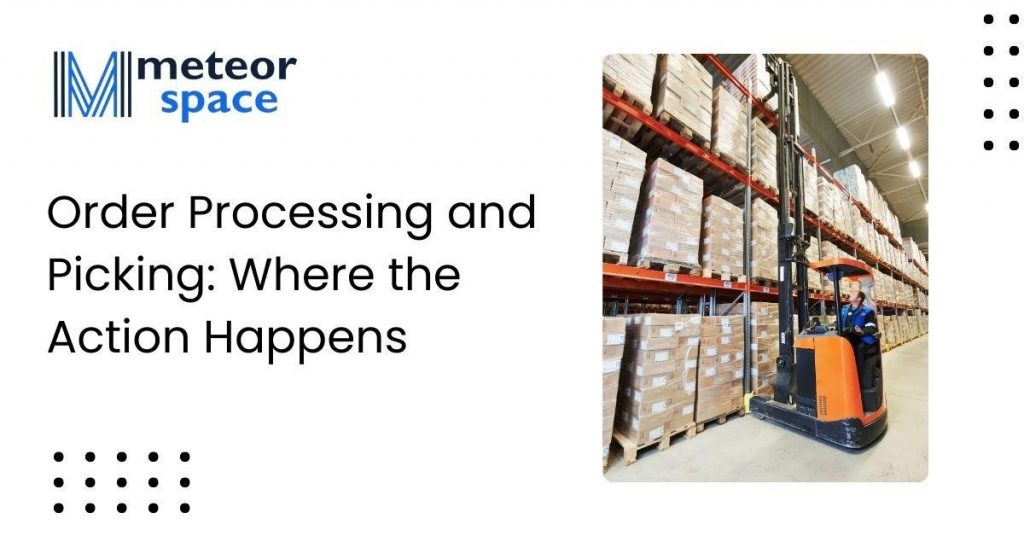
Once a customer has placed an order, the system initiates a series of automated steps.
Automated Retrieval of Order Details
- An order management system (OMS) retrieves the customer’s order information and alerts warehouse personnel or automated picking robots.
Pick and Pack Process
- Picking: Skilled staff (or sophisticated automated pickers) navigate the warehouse, guided by digital pick lists or scanners, to locate each product.
- Packing: Items are carefully packaged with protective materials. Promotional inserts or custom branding can be added. This step ensures safe transit and a memorable unboxing experience.
Shipping and Logistics: Speed and Efficiency in Motion
After items are picked and packed, they’re ready for the next critical stage.
Carrier Selection
- Fulfillment centers assess factors such as shipping cost, speed, and destination requirements.
- A variety of carriers may be used to optimise delivery times and costs, an approach often seen in fulfillment outsourcing arrangements.
Shipping Labels and Tracking
- Labels are printed with customer details, shipping barcodes, and tracking numbers.
- Tracking data is relayed to both seller and buyer, fostering transparency.
Last-Mile Delivery
- Often the priciest segment of the journey, the “last mile” covers the trip from a local depot to the customer’s doorstep.
- An ecommerce order fulfillment service typically partners with multiple carriers to address regional complexities, reduce delays, and enhance the customer experience.
Returns and Reverse Logistics: Completing the Fulfillment Cycle
Great service extends beyond delivery. Handling returns efficiently can be a deciding factor for many shoppers.
Return Authorisation
Customers submit return requests; the warehouse receives electronic authorisation to process items that come back.
Inspection and Restocking
- Returned products undergo quality checks.
- Resalable items are quickly put back into inventory, while damaged goods are documented and disposed of if necessary.
Importance of a Seamless Return Experience
- Easy returns foster trust. Retailers using ecommerce fulfillment solutions with robust returns processes can differentiate themselves in a competitive market.
Technology and Automation: Future-Proof Fulfillment
- Order Management Systems (OMS): These platforms synchronise orders from multiple sales channels and automate tasks such as invoicing and shipping label creation.
- Warehouse Management Systems (WMS): Intelligent warehouse layouts and automated picking solutions reduce human error, speed up processes, and improve overall accuracy.
- Implementing Omnichannel Fulfillment: Integrating various ecommerce platforms boosts business fulfillment services. This guarantees that customers enjoy a consistent experience while also streamlining inventory management.
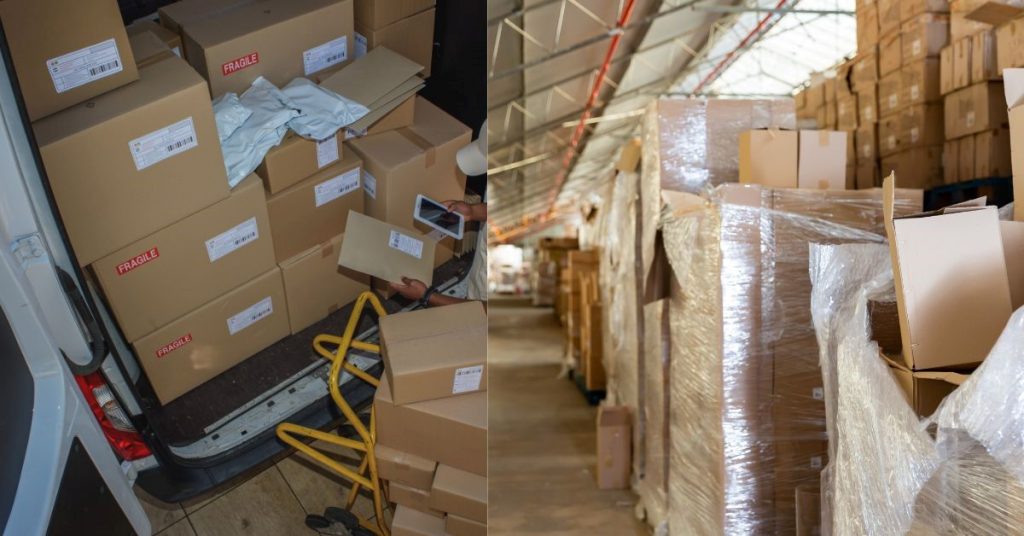
Conclusion
From receiving inventory to handling returns, an ecommerce order fulfillment service is a complex, tech-driven ecosystem designed to meet growing customer expectations. A partner who is aware of your logistics requirements and challenges is essential if you want to streamline fulfillment outsourcing and reduce errors.
Herein lies the role of Meteor Space. Based in Northern Ireland, we are known for our quality control, real-time tracking, and streamlined operations. Transform your fulfillment journey by getting in touch with Meteor Space today. Experience unmatched efficiency, speed, and reach through our ecommerce order fulfillment service.
FAQs
Q1: How do I select the best fulfillment partner?
Focus on a provider with demonstrated experience, reliable technology, flexible storage solutions and transparent pricing. Its also vital that they can seamlessly connect with your existing sales channels.
Q2: Do small businesses benefit from using an ecommerce order fulfillment service?
Outsourcing fulfillment allows smaller ventures to scale more easily, reduce overhead expenses and speed up shipping times. This contributes to higher customer satisfaction.
Q3: Why is real-time tracking so vital?
Real-time tracking removes uncertainty by allowing both sellers and customers to keep tabs on orders. This transparency increases trust and can significantly enhance the overall customer experience.

